
The sale of art objects at auctions is accompanied by amazing stories, scandalous events, revelations and many discussions. Moreover, each sold lot gets new lines in the biography, which will influence its further value, price and destiny.
Read below how the auction houses are arranged, why the cost of some paintings reaches cosmic figures, and what amazing facts about their activities shocked the whole world.
History of auctions
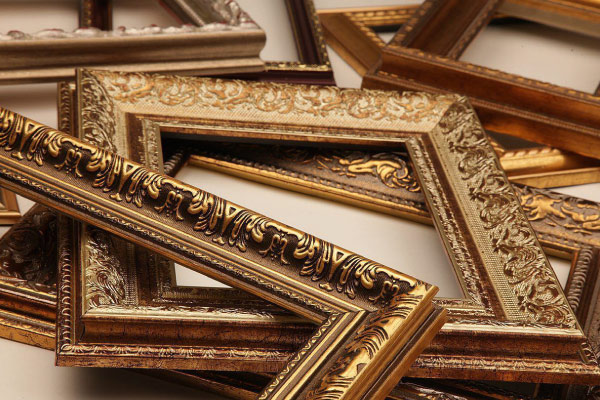
Auctions date back to ancient times, when an exotic beauty or a victorious warrior could well act as a lot. But along with the collapse of the Roman Empire, this type of trade also sunk into oblivion and began to resume only in the XIIIth century. At that time, there was no specific set of rules for auctions, so they were more like a sale. However, with the development of capitalism, separate institutions began to appear that were exclusively engaged in this type of activity. Later, there were laws and regulations that governed and popularized auction sales.
The oldest of the existing auctions is the Stockholm auction house Stockholms Auktionsverk, founded in 1674. However, the most popular longstanding auctions are Sotheby's and Christie's, which have been operating since the XVIIIth century. Now they account for more than two-thirds of the auction turnover of art objects in the world, and the prices of some lots reach incredible sums.
Types of auctions
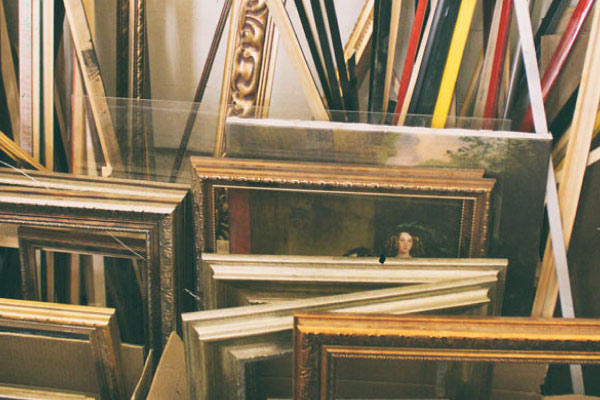
There are two main types of auctions: with an increase in prices and with a decrease in prices. The second has now lost its popularity and is practically not carried out. However, in addition, they may differ in initiative (compulsory and voluntary) and composition of participants. Thus, they can be divided into:
- Open auction. Participants see each other's bids.
- Closed auction. Participants do not see their opponents' bets and cannot change their bets.
- First price auction. Closed auction, the winner of which is the highest bidder. This is the amount he must pay.
- Second price auction. The winner is determined in the same way as in the auction of the first price, but he must pay the amount offered by his closest competitor, that is, the "second".
- Double auction. Several sellers and several buyers take part in it at the same time. Participants tell their bids to the auctioneer, who determines the equilibrium price for the transaction.
The most common type, today, is an open auction with an increase in prices. This type is used in the most famous auction houses.
Price setting at auctions
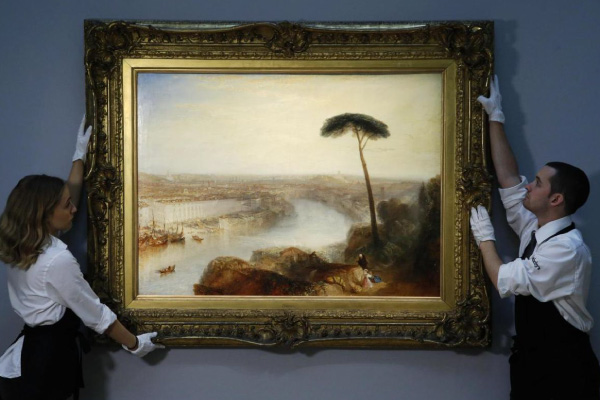
The cost of some paintings or other pieces of art at auctions at times amazes the whole world and becomes the subject of widespread discussion. For example, everyone is now talking about a digital collage that sold for $69.3 million at Christie's in March 2021. The artist Beeple explains such a high cost of his work by his fame and popularity in the digital environment. In addition, before that, he collaborated with many world famous brands and gained a certain recognition and reputation.
What, then, really affects the value of a painting: its artistic value or the artist's reputation? When it comes to auctions, rather, the latter plays a big role in pricing. Or rather, not so much the reputation of the master as his history, and, consequently, the history of the art object itself. Moreover, many paintings acquire new facts in their biographies even after the death of the creators, in which auctions greatly help them. To some extent, it looks like a funnel, where art objects are constantly moving in a circle, gaining new momentum.
After all, the more attention attracted this or that picture at the auction, the higher its value usually becomes in the future. Well, if you add to this some scandalous facts from the life of the artist or previous owners, the price increase will be ensured. Thus, the most expensive painting today "Savior of the World" by Leonardo da Vinci went under the hammer for only 45 pounds at an auction in Great Britain in 1958. Now, its cost is $127.5 million. There are a lot of similar examples in the art world, and therefore the art market is one of the ways of investment. However, it is rather unstable and develops rather spontaneously, so there is no need to be completely sure of future profit.
One thing is clear, no matter how excellently executed the work is technically, without history it is unlikely to become a desirable lot in auction houses.
Unusual auction sales stories
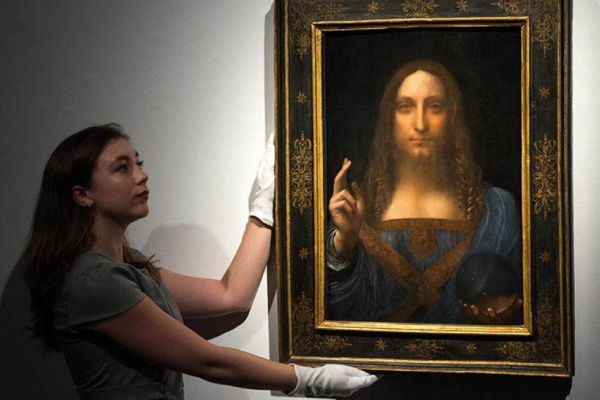
Almost after every held auction, there is news about new record amounts paid for art objects. However, not only this, we can be surprised by the auction. The most amazing and unpredictable things sometimes happen in the auction houses. Some of them will be discussed further.
Self-destructing painting
One of the most famous paintings by British street artist Banksy, "Girl with a Balloon" was put up for auction at Sotheby's in 2018. At the request of the artist, the frame in which the painting was located, was an integral attribute of the work itself. Imagine the audience's surprise when, after the word "Sold", the picture began to go down, streaked with a shredder inserted inside.
It is worth noting, that the work is not considered destroyed completely. In the middle of the process the technique either jammed, or the author of the invention stopped it himself, and the canvas remained only half cut into thin strips. At first, the buyer doubted whether it was worth buying the "spoiled" work, but then decided that the significance of the picture would only increase with this. And she was not mistaken. Now, this is a unique object that has definitely fallen into the history of modern art.
Clone of "Vase of flowers"
Two of the most famous auction houses, Christie's and Sotheby's, published their spring catalogs of works for sale with the same painting in 2000. It was the work of Paul Gauguin, "Vase of Flowers", which was successfully sold at both auctions. Each house was confident in the authenticity of the artwork, since all the documents attached by the sellers did not raise any doubts. To establish the authenticity and resolve the conflict, both paintings were sent for examination to Paris. The fake was the work exhibited by Christie's, which was a severe blow to the reputation of the auction. But this forgery was recognized as the best of its kind by a connoisseur of Gauguin's work, Sylvia Crussard. Anyway, this greatly disappointed the new owners of the fake canvas. The Christie's auction house urgently recalled all catalogs from print.
Accidental forgery
The renowned art expert and graphic artist, Valery Dudakov, wrote an abstract painting in the style of the Russian avant-garde artist, Lyubov Popova, as a gift to his friend. Several years later, for examination and evaluation, they brought him a "genuine" painting by Popova, in which he recognized his creation. The expert immediately told the client the truth and did not expect to see this picture again. But in 1989, he saw his work again, already up for auction at Sotheby's. The man tried to honestly explain the situation to the organizers, but his arguments were not convincing enough for them, and the picture went under the hammer for $30,000.
Such curious stories often occur at auctions. Perhaps, it was thanks to them that many paintings received worldwide fame and high artistic value. One thing can be said for sure, a painting is not just an object of art, it is a whole story that connects the past and the future, and in this case, its value becomes unconditional.
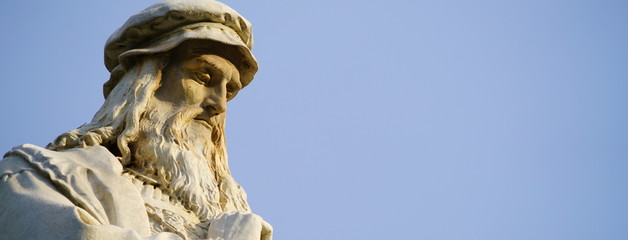
The earliest work of Leonardo da Vinci
A small painted tile caused quite a stir among the scientists of the art world. This is because some scholars believe that the recently discovered work is Leonardo da Vinci's earliest known work
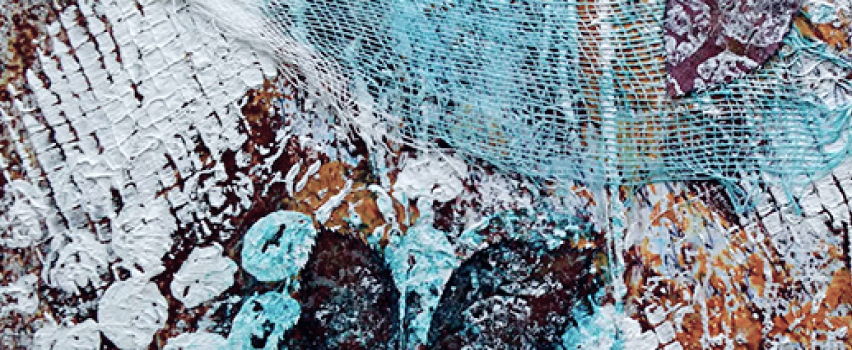
Interesting facts about painting
Paintings hold the secrets of the creator. Sometimes we manage to solve them, but many of them continue to be riddles, or simply stay unnoticed.












Thank you, your review has been sent successfully.
It will be posted on the site after moderation.